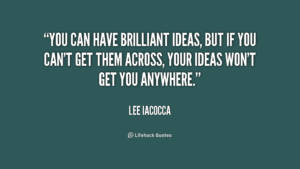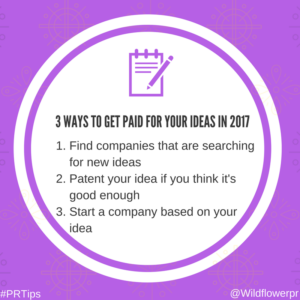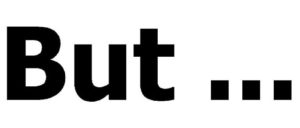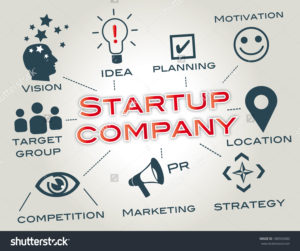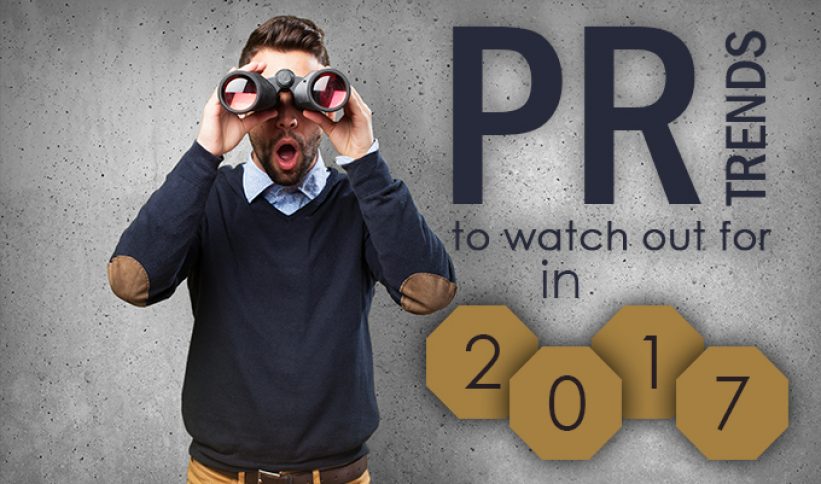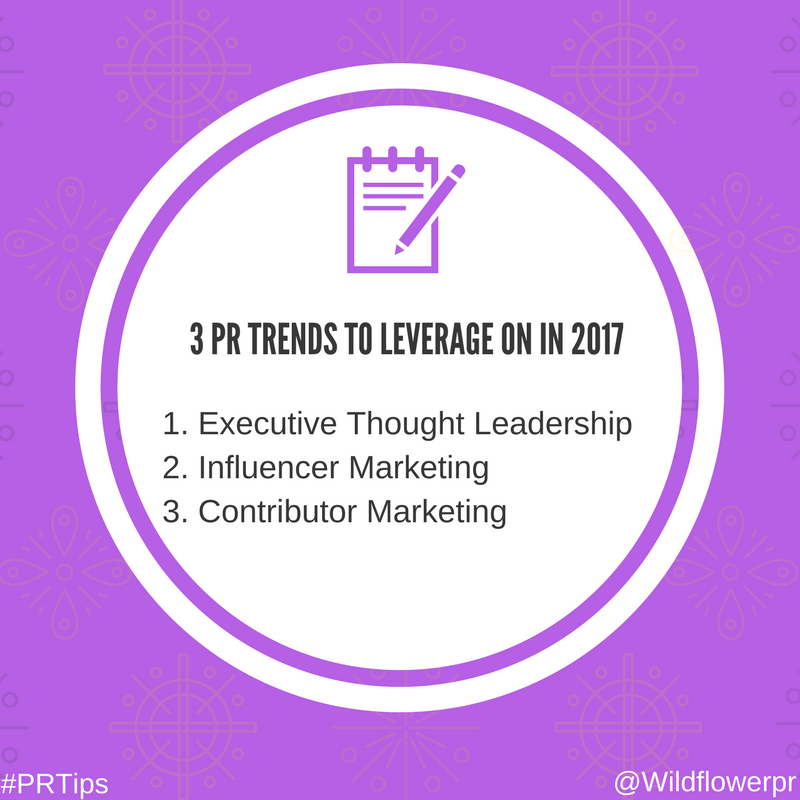A PR strategy enables you to consider every aspect of communicating a message in the best possible way. It helps you to make strategic decisions about the best ways to communicate, as well as increase your profile and build brand awareness. It will also help you to maximise the success of your PR efforts and help to grow your business.
Here are six tips to help you develop a strong PR strategy.
Know your end game
It is important to outline the goals and objectives for what you want to achieve, when creating a PR strategy.
For instance, you may want to launch a new product line in your business and create awareness for it in the market, or you may want to position your product/ service as the leader in its category. Make sure your goals are SMART i.e, specific, measurable, achievable, realistic and timely.
Define your target audience
Your target audience consists of the individuals, groups and communities that have influence and decision making power over your products or services. They are the ones you are trying to draw and sell to; the people you want to communicate with.
To understand who your target audience is start by asking: Who would be interested in hearing about my business, who are key decision makers, and who will take action to purchase my products/service.
Once you’ve identified your target audience, research their behaviours, such as what they read, what they watch, where they visit and how they consume media. By defining your target audience you can tailor your communication to suit their behaviours, and therefore increase the effectiveness of your PR strategy.
Set your key messages
Key messages are the core messages you want your target audience to hear and remember about your business. They are an important part of a PR strategy because they can shape your content and communicate a unified message.
You can include key messages in your written and spoken communication to convey a specific message about your business to your target audience.
For example, a key message for a business may be: WildFlower is a leader in the communications industry, by always staying on top of industry trends to create cutting edge campaigns.
What are your tactics?
Tactics are the activities that will help you to achieve your PR objectives. If we use the example of raising awareness for a new product, one tactic may be getting celebrities to endorse the product.
Other tactical options include email newsletters, influencer marketing, social media campaigns, blogs, public speaking etc.
Make a list of the types of publications your target audience reads, the events they attend and how they spend their time online. This may help to guide what type of tactics will work for you.
Set a deadline
Always put time frames around each tactic to ensure they are completed in a timely manner. For example, you could create an action plan which details the PR activities for a particular month. Outline things like: who will complete them, when you will start the activities and the deadline for completion.
A PR strategy with detailed time frames can help you to organise your workload, act as a reminder and ensure accountability.
Measure..Measure..Measure
It is important to measure the success of your PR strategy. By monitoring your success you can determine whether your PR activities are working and discover the areas you need to improve on. It’s also a good idea to regularly review your PR strategy to ensure it’s working effectively.












